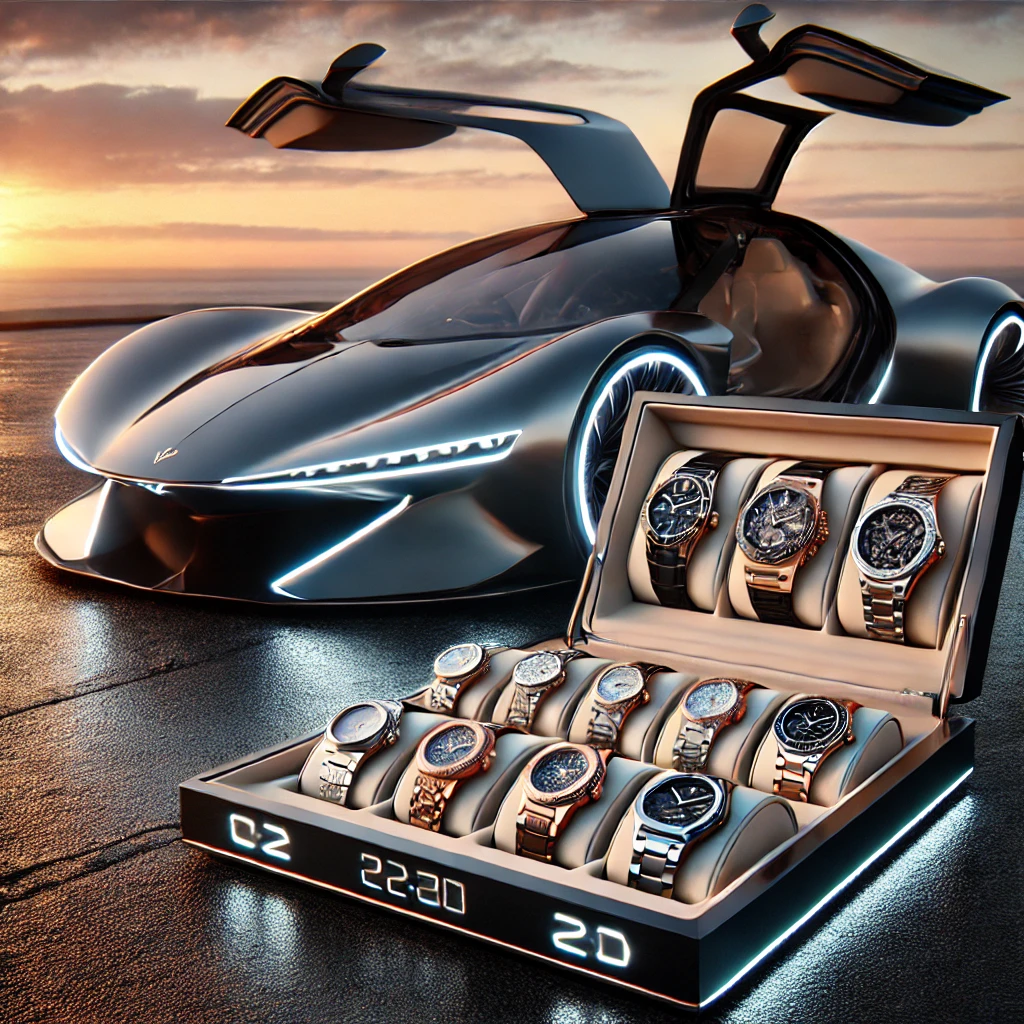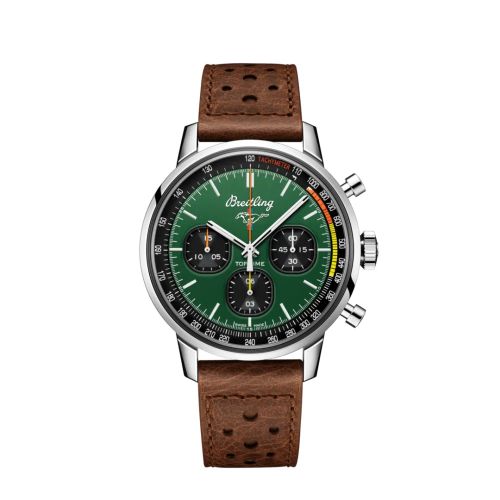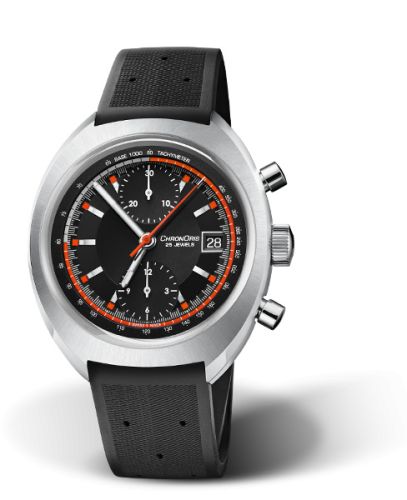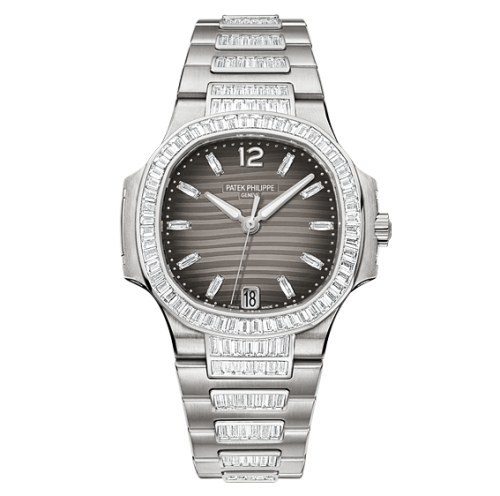
Why is the dial important in watch design?
The dial of a watch plays a crucial role in both the functionality and aesthetic appeal of timepieces. It serves as the face of the watch, where time is displayed and where a multitude of design elements come together to create a cohesive look. The importance of the dial extends beyond mere timekeeping; it embodies the craftsmanship and artistry of watchmaking.
First and foremost, the dial is essential for legibility. Its design must ensure that the wearer can easily read the time at a glance, regardless of lighting conditions. This is achieved through the careful selection of colors, fonts, and markers. High-contrast combinations, such as white hands against a dark background or vice versa, enhance visibility. Moreover, the use of luminescent materials allows for readability in low-light situations, making the dial not just a design element, but a functional necessity.
In addition to functionality, the dial is a canvas that showcases the brand’s identity and ethos. Each dial reflects the values and style of the manufacturer, whether it be through classic elegance, sporty dynamism, or avant-garde innovation. The choice of materials used in the dial can also convey luxury and quality. From enamel and mother-of-pearl to textured surfaces and unique patterns, these elements help elevate the watch from a simple tool to a work of art.
The layout of the dial can significantly influence the overall design language of the watch. Subdials, date windows, and other complications can be strategically placed to maintain balance and harmony, while still providing the necessary information. The arrangement of these components must be thoughtfully executed to avoid clutter, ensuring that the watch remains both functional and visually appealing.
Moreover, the dial is often where the personality of the watch shines through. Unique designs, colors, and finishes can tell a story or evoke a particular emotion, allowing wearers to express their individuality. Limited editions and special collections often feature distinctive dials that set them apart, making them highly coveted among collectors.
Finally, the dial is vital in the context of horological innovation. It is often the first place where new technologies and materials are introduced, such as transparent dials that reveal the intricate movements within, or dials that integrate smart technology while preserving traditional aesthetics. These advancements not only push the boundaries of design but also expand the possibilities of what a watch can be.
In conclusion, the dial is far more than just a component of a watch; it is a fundamental aspect of its design that impacts usability, aesthetics, and identity. A well-designed dial harmonizes functionality with art, creating a lasting impression that resonates with wearers. Whether for everyday wear or special occasions, the dial remains at the heart of a watch, embodying the essence of timekeeping and the spirit of innovation in horology.













